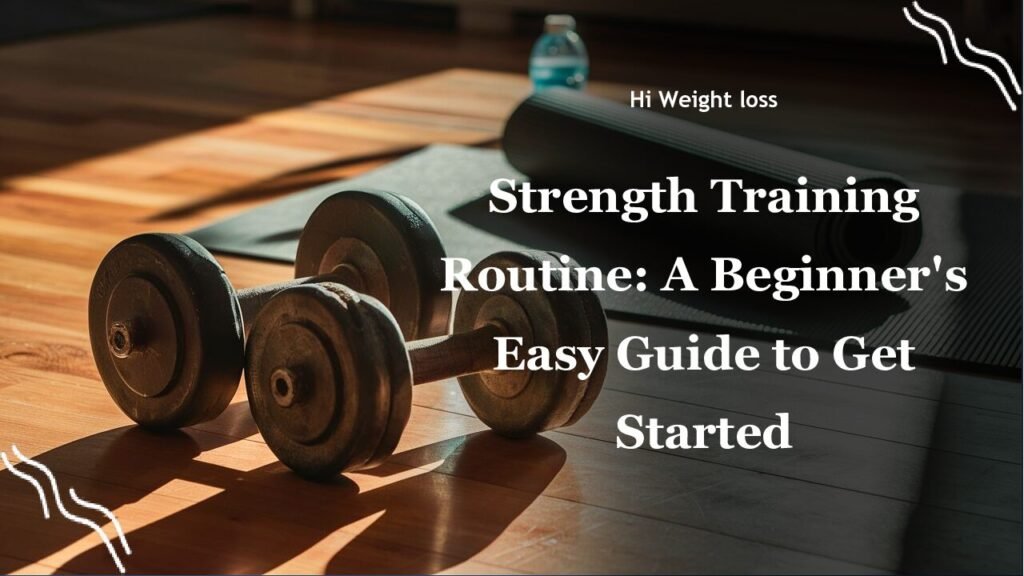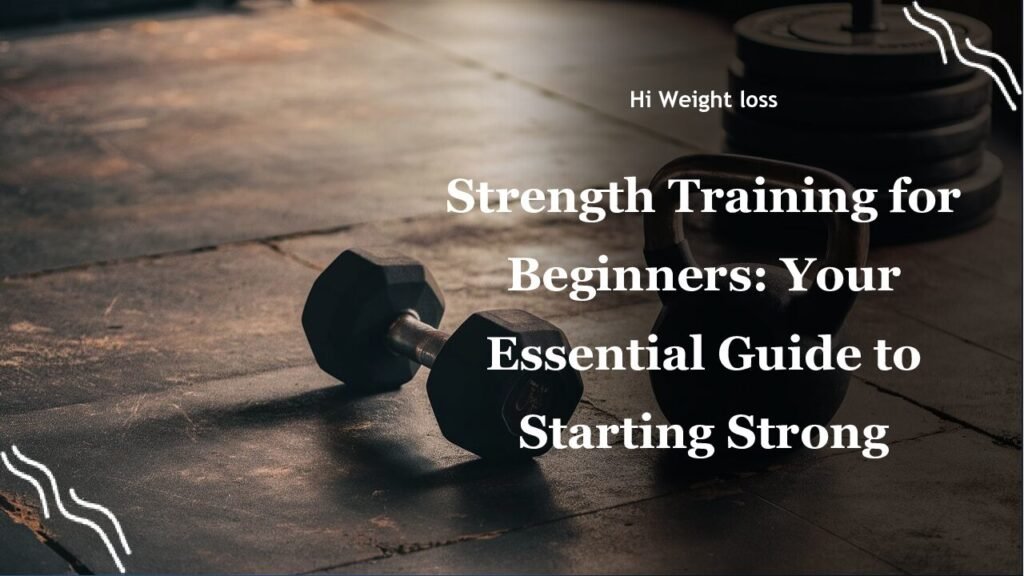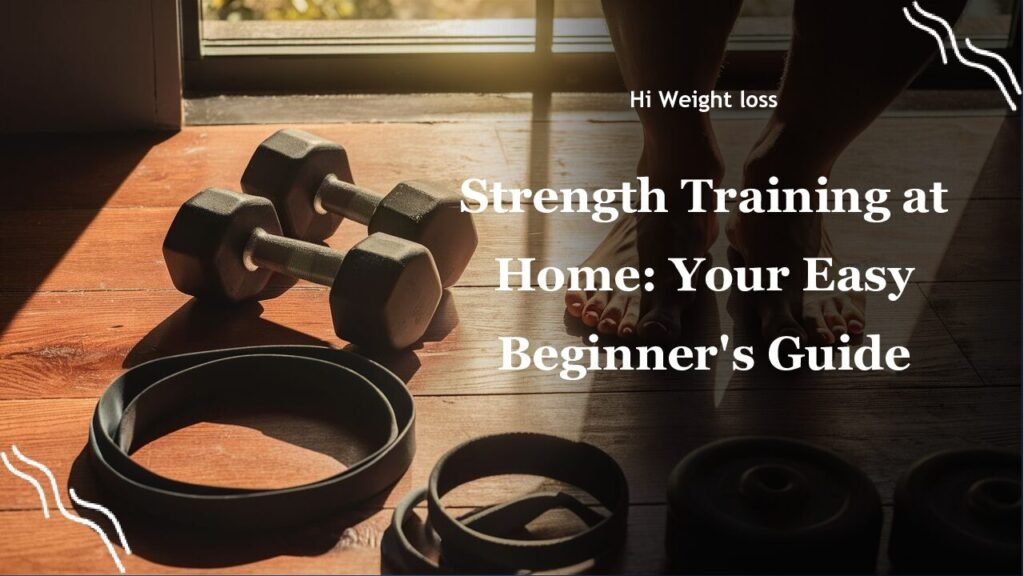“`
Are you confused about whether your high-intensity interval training (HIIT) sessions are actually building strength? It’s a common question, and many people wonder if all that hard work is contributing to muscle growth or just cardiovascular fitness. Let’s dive into the truth about HIIT and its impact on strength, exploring how it can fit into a balanced fitness routine, and clarify whether HIIT is primarily a strength building exercise. We’ll uncover the benefits of HIIT for muscle gain, and how to incorporate it effectively into a strength program.
Is HIIT Strength Training? Unpacking the Truth
When I first started my fitness journey, I thought any workout that left me breathless and sweaty was building muscle. I jumped into HIIT with enthusiasm, expecting to become a stronger, leaner version of myself. While I did experience incredible cardiovascular improvements and fat loss, I quickly learned that HIIT isn’t primarily designed for strength building. It’s more geared towards cardiovascular conditioning and burning fat as Wikipedia explains. The focus is on those intense bursts, not heavy lifting.
Understanding the Core Difference: HIIT vs. Strength Training
So, what really sets HIIT apart from traditional strength training? HIIT, by its very nature, uses short bursts of maximum effort followed by short rest or low-intensity periods. This is designed to maximize calorie burn and improve your cardiovascular health. Think of it like this: you are pushing your heart and lungs to their limits, which is awesome for endurance. Strength training, on the other hand, is about using resistance, whether that’s free weights, machines, or your own bodyweight, to specifically target muscle growth. The goal is to progressively overload your muscles to make them bigger and stronger as Vasa Fitness points out.
The essence of strength training is to create muscle tears during your workout, which your body then repairs and rebuilds to be stronger. This process needs adequate resistance and recovery time. HIIT does help you work hard, but it does not provide that same level of specific, targeted resistance or progressive overload that is needed for significant muscle hypertrophy.
Is HIIT Effective for Strength Training? The Surprising Truth
Now, does this mean that HIIT is completely useless for strength building? Not at all! HIIT can have *some* benefits. The high-intensity movements can engage your muscles, and in some cases, especially for beginners, it can lead to a bit of muscle growth and some increase in muscle strength. For example, if you are doing a lot of body weight exercises like burpees, push ups or jump squats, these do require muscle engagement. However, it is not the primary effect or intent of HIIT to be building muscle. The primary effect of HIIT is to increase the cardiovascular system and burn a lot of calories.
When my friend Sarah started her fitness journey, she started with HIIT. She did feel some strength gains in the beginning, especially in her legs and core, but as she got fitter, she realized that her gains began to plateau. This is because HIIT alone won’t provide the targeted stimulus needed for significant muscle growth or continuous strength increase. This experience reflects the information provided by Hydrow, which highlights that circuit training, while similar to HIIT, also doesn’t prioritize building specific muscle mass. Strength training, on the other hand, allows for a continuous increase of the weight and resistance you use, so that you are continuously pushing your muscles to their limits.

Benefits of HIIT for Muscle Gain: What to Expect
So, while HIIT is not your primary strength builder, what kind of benefits can you expect if you are trying to build muscle? HIIT can have an indirect effect on muscle gain through:
Increased Calorie Burn: HIIT is excellent for burning a lot of calories in a short amount of time. This can help you shed fat and create a leaner physique, making your muscles more defined.
Improved Cardiovascular Fitness: A strong heart and efficient circulatory system will help you handle more intense strength training workouts. Improved cardiovascular fitness will mean that you will be able to train for longer and harder, which will ultimately lead to more muscle growth.
Enhanced Muscle Endurance: HIIT, because of the fast paced nature of the training, can improve the endurance of your muscles. This means they will be able to work harder for longer.
However, it’s vital to understand that these benefits are more supportive than directly impactful on muscle growth. For direct muscle growth, you’ll need that focused strength training program as Holly Roser discusses in their article, which focuses on different approaches to workouts.
How to Incorporate HIIT into a Strength Training Routine: A Balanced Approach
Instead of viewing HIIT and strength training as competing strategies, they should be seen as complementary. You can combine them to create a more rounded and effective program. Here’s how you might integrate HIIT into a strength training routine:
Separate Training Days: Consider dedicating different days for each type of training. You might do strength training three days a week and HIIT on two other days, allowing for adequate recovery in between.
HIIT as a Finisher: You can use HIIT as a cardio finisher at the end of your strength training session, but not before, because this will mean that you will be fatigued before doing strength training. However, this should only be done when your body is adapted to it, as otherwise it can impede your muscle recovery and lead to injury.
Focus on Compound Movements: When you do your strength training, focus on compound exercises like squats, deadlifts, and bench presses, which work multiple muscle groups simultaneously. This helps to build a strong foundation that is necessary for high intensity exercises.
Here’s a sample weekly schedule:
| Day | Activity |
|---|---|
| Monday | Strength Training (Legs) |
| Tuesday | HIIT |
| Wednesday | Strength Training (Upper Body) |
| Thursday | Rest or Light Activity |
| Friday | Strength Training (Full Body) |
| Saturday | HIIT |
| Sunday | Rest or Light Activity |
Remember, consistency and listening to your body are key. This ensures you are getting the best out of both HIIT and strength training.
Conclusion
So, is HIIT strength training? The short answer is no, not primarily. HIIT is fantastic for improving cardiovascular health, burning calories, and increasing endurance. It can contribute to a leaner physique by helping you burn fat. However, if your goal is to build significant muscle mass and strength, you need to prioritize a well-structured strength training program that focuses on progressive overload using weights or other forms of resistance. Incorporate HIIT as a complement to strength training to maximize your results. Just as my friend Sarah learned, it’s about understanding the purpose of each exercise style and how they can work together to help you reach your fitness goals. Try incorporating these insights into your workout routine and see how it transforms your fitness journey. What has been your experience in using HIIT for muscle gain? Share it in the comments!
FAQ
Can I build muscle with HIIT alone?
While you might see some initial gains, HIIT is not optimized for significant muscle growth. Strength training with progressive resistance is more effective for building muscle mass.
Is HIIT better than strength training for fat loss?
Both are effective for fat loss, but in different ways. HIIT burns more calories in a shorter time, while strength training helps build muscle mass, which increases your metabolism over time. The best approach is to combine both.
How often should I do HIIT if I am also strength training?
Start with 2-3 sessions per week, spaced out between strength training days. Adjust frequency based on your recovery and fitness level.
What are some good HIIT exercises for beginners?
Begin with exercises like jumping jacks, high knees, burpees, and mountain climbers. Start with short intervals and gradually increase duration and intensity as you get fitter.
“`



